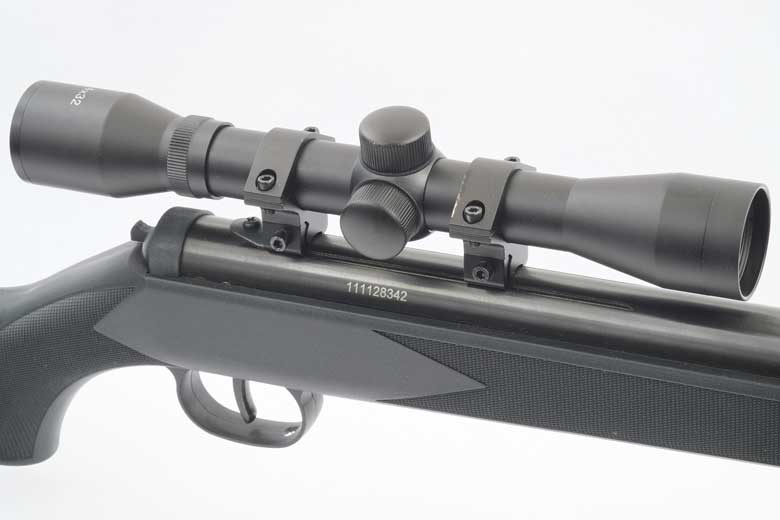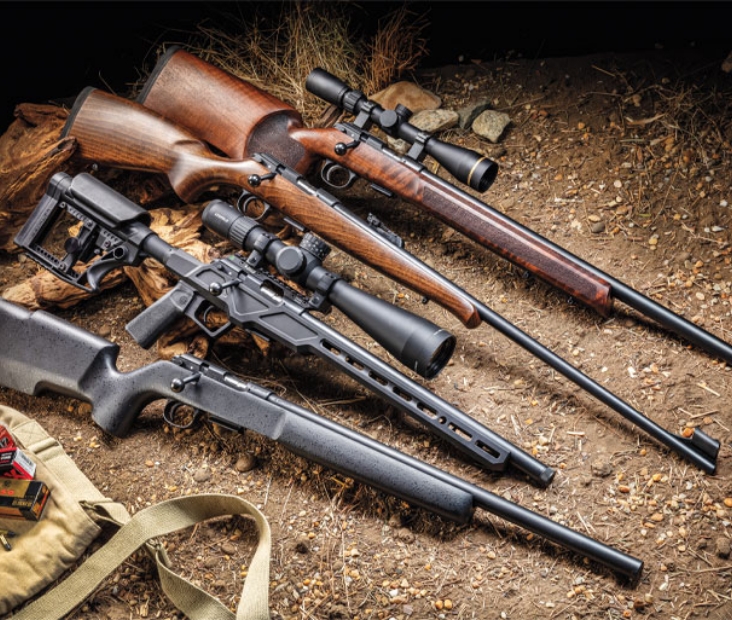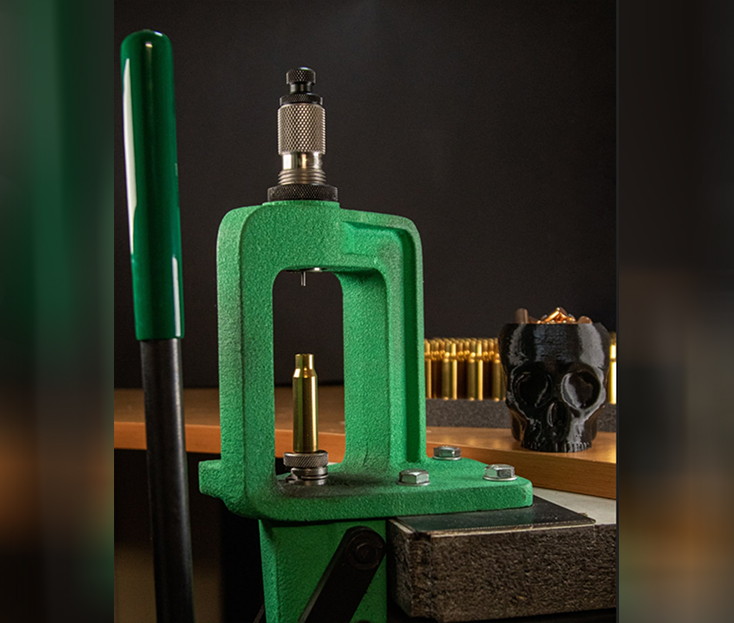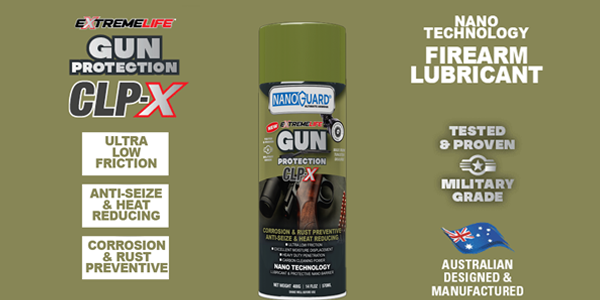Blog/Understanding Optics: Scopes, Sights, and Binoculars

Understanding Optics: Scopes, Sights, and Binoculars
Last updated: 12 Sep, 2024 | Author: Gun Traders Australia
Optics are essential for enhancing your hunting accuracy and experience. Here’s a guide to understanding the different types of optics available and how to choose the best one for your needs.
Scopes
Scopes are used for long-range accuracy and are mounted on rifles. They come in various magnifications and reticule types. Key features to consider:
- Magnification: Choose based on your typical shooting range.
- Reticule: Different types like duplex, mil-dot, and BDC reticules suit different shooting preferences.
- Objective Lens Size: Larger lenses provide better light transmission but add weight.
Sights
Sights are typically used for shorter-range shooting and quick target acquisition. They include:
- Iron Sights: Basic and reliable, often used as backups.
- Red Dot Sights: Provide a clear aiming point without magnification, ideal for quick targeting.
- Holographic Sights: Similar to red dots but offer more precision and are generally more durable.
Binoculars
Binoculars are crucial for scouting and spotting game. When choosing binoculars:
- Magnification and Objective Lens Size: A common choice for hunting is 8x42 or 10x42 for a balance of magnification and light-gathering ability.
- Field of View: Wider fields of view are better for scanning large areas.
- Durability: Waterproof and fog-proof models are essential for harsh weather conditions.
Choosing the Right Optic
Choosing the right optic can significantly enhance your hunting experience. Here’s a more comprehensive guide to help you make the best decision:
- Determine Your Needs:
- Hunting Type: Different hunting scenarios require different optics. For instance, long-range hunting benefits from high-magnification scopes, while close-range or moving targets might be better suited to red dot or holographic sights.
- Terrain and Environment: Consider the environment you'll be hunting in. Dense forests may require optics with a wider field of view, while open plains can benefit from higher magnification.
- Magnification:
- Fixed vs. Variable: Fixed magnification scopes are simpler and more durable, but variable magnification allows for greater versatility. A 3-9x scope is popular for its flexibility.
- Magnification Range: Choose a range that matches your typical shooting distance. For example, 1-4x for close range, 3-9x for mid-range, and 10x or higher for long-range.
- Objective Lens Size:
- Larger objective lenses (e.g., 50mm) gather more light, providing a brighter image, especially in low light conditions. However, they are bulkier and heavier. A 40mm objective lens is a good compromise between brightness and size.
- Reticule Type:
- Duplex: Simple and quick to use, ideal for general hunting.
- Mil-Dot: Useful for range estimation and long-range shooting.
- BDC (Bullet Drop Compensator): Helps compensate for bullet drop at various distances, useful for long-range shooting.
- Lens Coating:
- Quality lens coatings reduce glare and enhance light transmission, providing a clearer image. Look for fully multi-coated lenses for the best performance.
- Durability and Weather Resistance:
- Ensure the optic is rugged and can withstand harsh hunting conditions. Waterproof, fog-proof, and shockproof features are essential for reliability.
- Eye Relief:
- Sufficient eye relief (the distance between your eye and the scope) is important to avoid injury from recoil, especially for high-calibre rifles. Look for optics with at least 3-4 inches of eye relief.
- Budget:
- Optics can range from budget-friendly to high-end models. Determine your budget and find the best quality optic within that range. Investing in a good optic can make a significant difference in your hunting success.
- Compatibility:
- Ensure the optic is compatible with your firearm and mounting system. Check the mounting options and ring compatibility.
For a selection of high-quality optics, visit our scopes and optics page.
Conclusion
Selecting the right optic enhances your hunting efficiency and enjoyment. Consider your hunting style, the terrain, and your budget to find the perfect match. Happy hunting!
Recent Blogs


A Guide to Reloading for Precision and Performance
Last updated: 12 Sep, 2024
By: Gun Traders Australia


G&A Tactical – Your Trusted Source for Tactical and Outdoor Gear
Last updated: 12 Sep, 2024
By: Gun Traders Australia

Discover the Revolutionary Nanotechnology of NanoGuard Australia
Last updated: 04 Sep, 2024
By: Gun Traders Australia